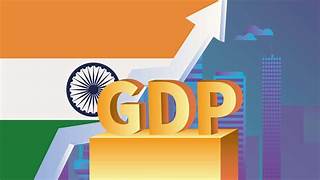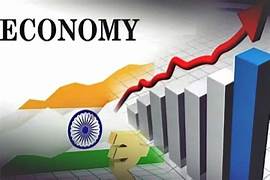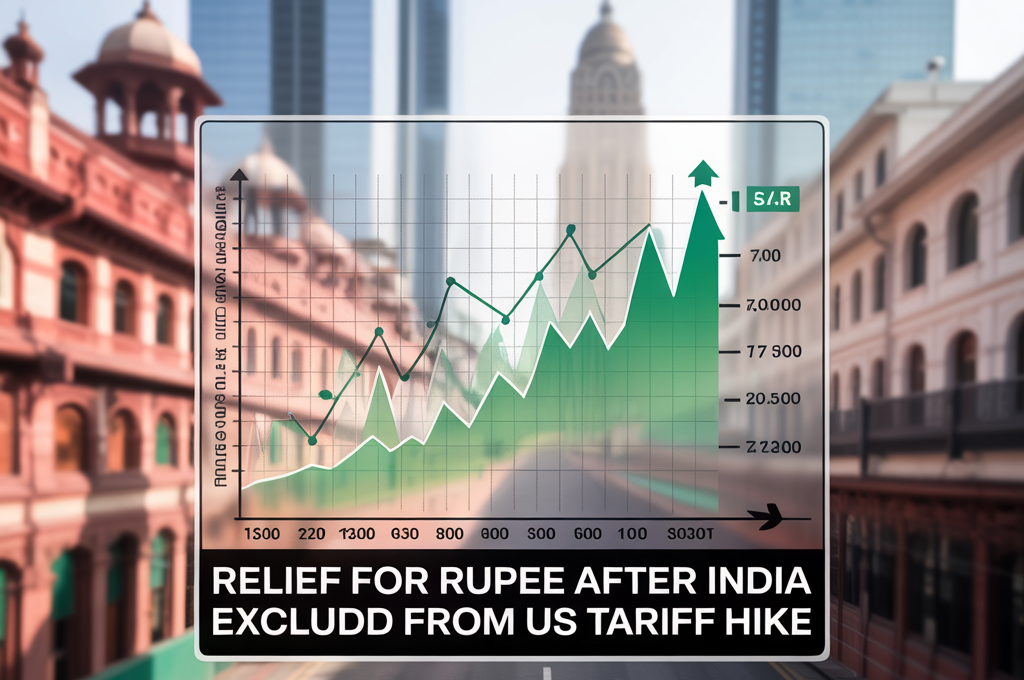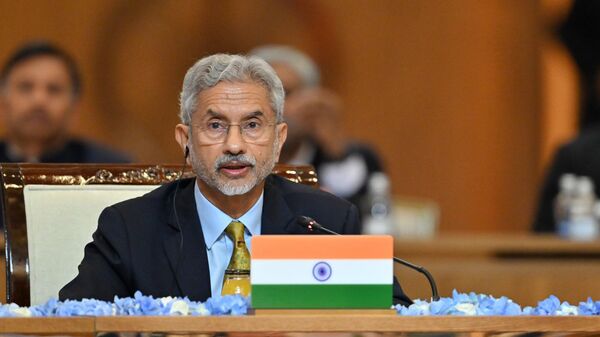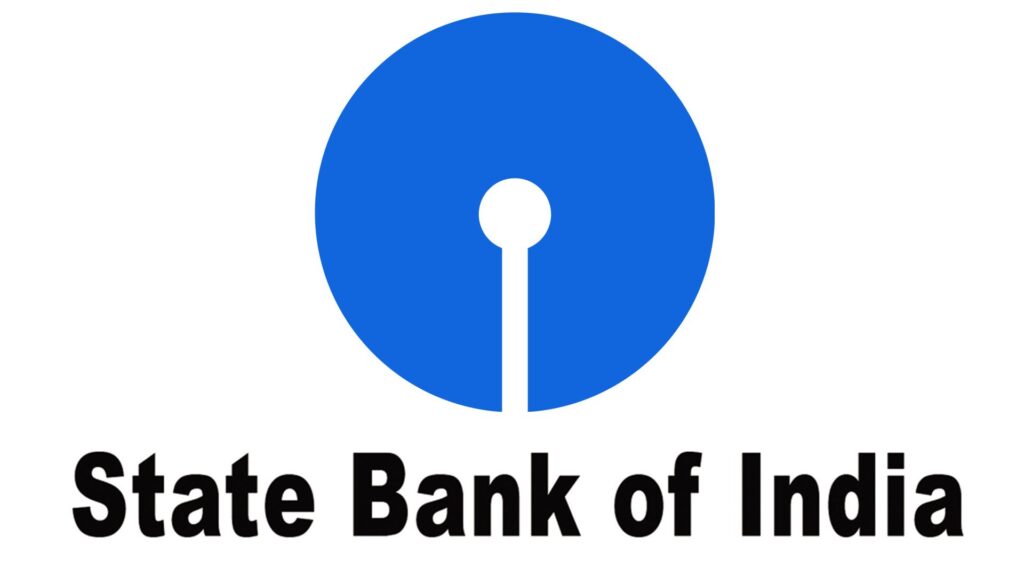📘 CBSE to Allow CET Exams Twice a Year: A Game-Changer in Indian Higher Education
CBSE to allow CET exams twice a year In a move that is set to revolutionize the entrance exam system in India, CBSE to allow CET exams twice a year for undergraduate admissions. The Common Entrance Test (CET), which plays a critical role in determining entry into several professional programs, will now be conducted bi-annually, giving students two chances a year to perform their best. This reform, in line with the National Education Policy (NEP) 2020, is a significant step toward easing academic pressure, improving accessibility, and aligning India’s examination system with global standards. 🎯 Why CBSE Is Introducing CET Twice a Year The decision by CBSE to allow CET exams twice a year is driven by the need to: Provide multiple chances for students to succeed. Reduce the mental burden of a one-shot exam format. Align with global standards like SAT, GRE, and TOEFL, which are held multiple times annually. Improve performance through experience-based retakes. The traditional system of “one exam, one opportunity” often puts immense pressure on students, which can negatively affect outcomes. Now, students can approach these exams with greater confidence and flexibility. 🏛️ What Is CET and Who Will Conduct It? CET stands for Common Entrance Test. It is a standardized exam that evaluates candidates for admission to various undergraduate courses across India. Although the announcement comes from CBSE, the CET is expected to be conducted by the National Testing Agency (NTA), the same body responsible for NEET, JEE, and CUET. The plan to allow CET exams twice a year is also supported by major education bodies like UGC and AICTE. 📈 Which Courses Will Be Covered? Initially, CBSE to allow CET exams twice a year for 19 undergraduate programs. These include: Engineering (like JEE Main) Medical (like NEET) Management and Commerce streams Basic Science degrees Humanities-based UG programs Eventually, more courses may be brought under the CET umbrella depending on the success of this reform. 🌍 Aligning with Global Education Standards When CBSE to allow CET exams twice a year, it places India in a better position to compete globally. In countries like the USA, UK, and Australia, standardized tests like SAT, ACT, or IELTS are already conducted multiple times annually. This flexibility: Improves student morale Encourages better preparation strategies Offers a more level playing field for urban and rural students alike 👨🎓 Benefits for Students Here’s how students benefit when CBSE to allow CET exams twice a year: 🔁 Two Attempts Per Year: More opportunities to improve scores. 😌 Reduces Stress: Eliminates pressure from “one exam, one shot” mentality. 🧠 Encourages Smart Study Planning: Students can space out their preparation. 📅 More Flexibility: In case of illness or unforeseen events, another opportunity is available within the year. 🌐 Wider Access: Helps students from remote or disadvantaged areas who may not be ready during the first attempt. 🧪 What This Means for Coaching & Exam Preparation With CBSE to allow CET exams twice a year, coaching centers and online platforms will adapt their programs: More short-term crash courses before each CET attempt Use of mock tests and adaptive assessments to plan between exams Personalized performance tracking to compare scores from both attempts This change is also likely to reduce the dependency on costly long-term coaching, thereby democratizing access to education. ⚖️ Ensuring Fairness & Transparency CBSE and NTA will ensure that: Each exam is unique and properly moderated. A normalization process adjusts for difficulty differences. The best of two scores may be used for college admissions. This system promotes equity and transparency, essential elements in education reform. 📢 When Will This Be Implemented? While no official date has been declared, reports suggest that CBSE to allow CET exams twice a year starting from the 2026 academic session. The final framework, syllabus alignment, and college adoption may roll out in phases. CBSE exam updates 1. CBSE Superintendent Exam – Answer Key Released The CBSE Superintendent Tier‑2 answer key is now live on the official CBSE site. Candidates can download it directly and raise objections, if any, until July 20, 2025. 2. CBSE Board Exams to Be Held Twice a Year As part of the NEP 2020, CBSE will conduct Class 10 board exams twice yearly starting February and May 2026. The better score will count, offering students greater flexibility and reducing stress. 3. Supplementary & Compartment Exams Scheduled Practical compartment exams are scheduled from July 10–15, 2025 for Class 10 and Class 12 Supplementary exams will run from July 15–22, 2025 (Class 10) and on July 15 for Class 12. 4. Improvement Exams Begin July 15, 2025 Students not satisfied with their board exam scores can apply for improvement exams—applications opened in late May, with exams starting on July 15, 2025 . 5. Revised CBSE Exam Pattern for 2025 Syllabus reduced by ~15% to avoid overload Reduced number of long-answer questions and greater emphasis on competency-based questions for enhanced learning outcomes. 6. Health & Nutrition Initiative CBSE is launching “oil boards” in school canteens to raise awareness about the fat content in food items—part of efforts to promote healthier eating habits. 🧑🎓 What This Means for Students More flexibility: With two board exam attempts, students can plan and prepare better. Less stress: Second chances reduce anxiety and encourage resilience. Improvement chances: Supplementary and improvement exams allow for academic recovery without waiting a full year. Holistic evaluation: New exam patterns focus on understanding and application, not memorization. Better health awareness: Nutrition boards support overall student well-being. Challenges Ahead Though the move is progressive, CBSE to allow CET exams twice a year also raises a few challenges: Need for massive coordination between states and universities. Adequate infrastructure for two nationwide exams per year. Ensuring fair access in underserved areas. However, with proactive planning, these challenges can be turned into opportunities for further improvement. ✅ Conclusion: A Transformative Step for Indian Education The decision by CBSE to allow CET exams twice a year is a student-centric and forward-looking reform. It reflects the government’s commitment to education flexibility, accessibility,


